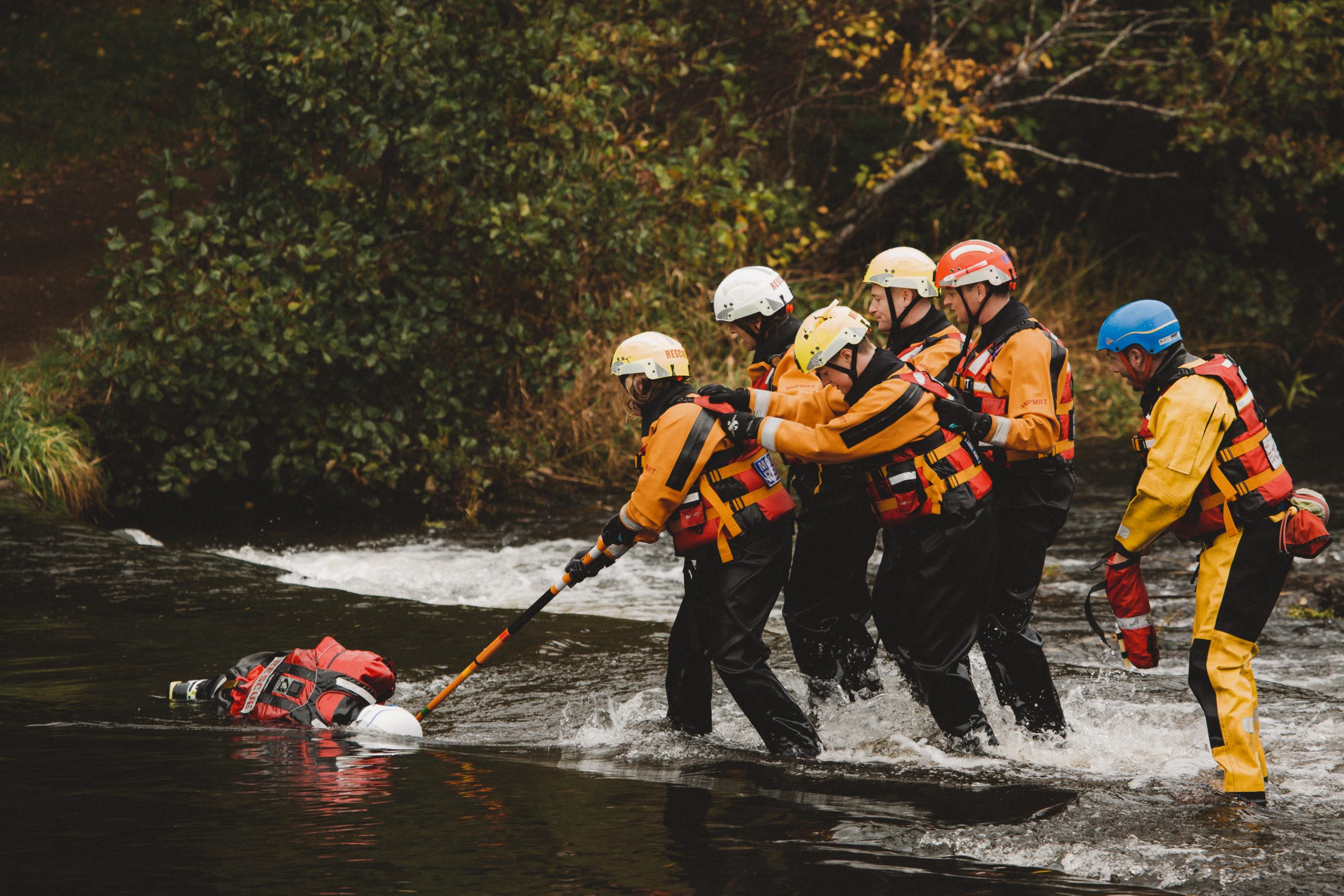
Videos
Explore All Videos

Adventure

Careers

Cold & Polar Medicine

Desert Medicine

Dive Medicine

Expedition & Wilderness Medicine

Human Factors & Situational Awareness

Human Performance

Humanitarian & Disaster Medicine

Leadership

Medicolegal & Ethics

Mental Health

Military & Tactical Medicine

Mountain Medicine

One Health

Pre-hospital Care

Research Presentations

Search & Rescue

Space Medicine





